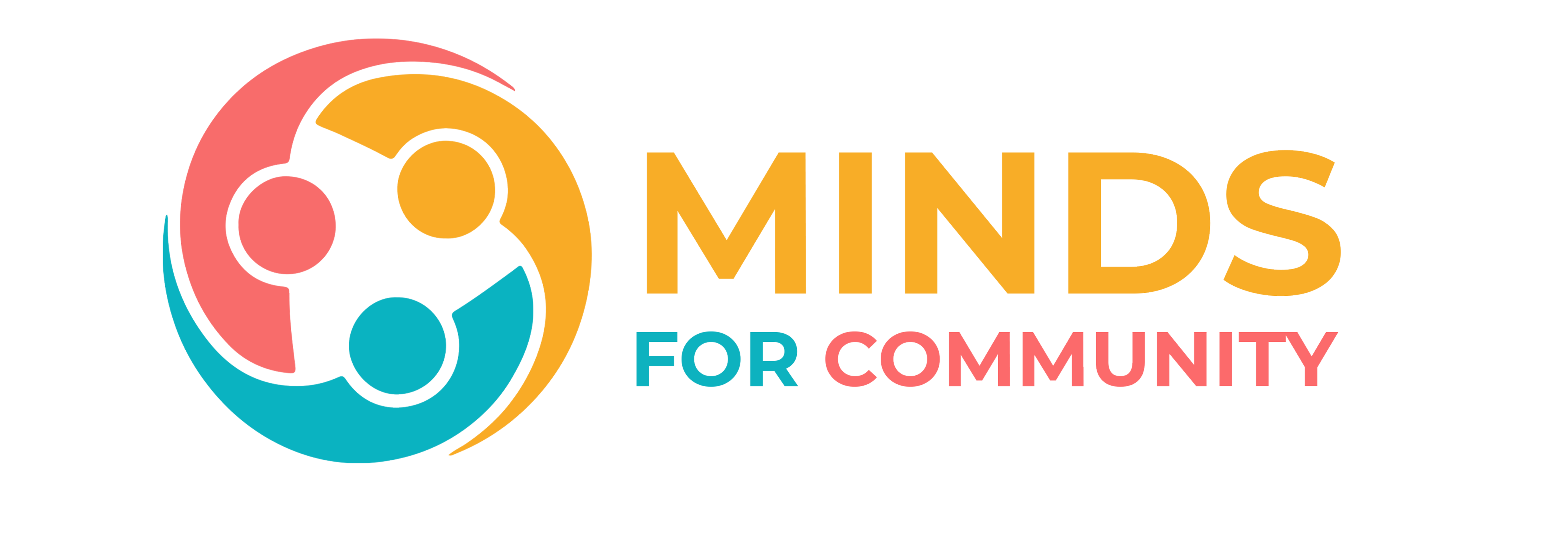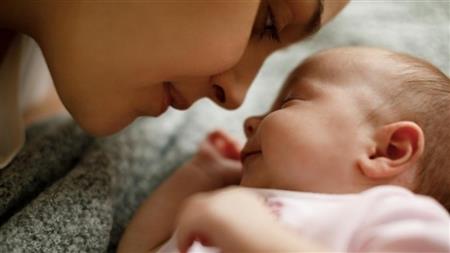You love your child madly, but does he love you too? Of course they do! They may not be able to say it yet, but even before he can at some point express his affection, he is showing it, and the proof is in your child’s developmental milestones and behavioral cues.
According to babycenter, parents can see many signs that your child trusts and loves you – trust and attachment are children’s main love languages.
Here are the wonderful and sometimes unexpected ways your child shows his love for you:
When do children start showing love?
The relationship between babies and their caregivers begins immediately after birth. When your baby cries and you respond quickly and sensitively, you build a secure connection. This connection is the foundation of emotional health and expressions of love in the future. When your baby is very young, he shows his affection by providing comfort to you. Shortly after giving birth, you may notice that your baby calms down when you hold them (however, if you are having difficulty calming them down, don’t be alarmed, this is also normal).
By the second month, most babies will seem happy to see you, and will smile when you talk to them. For many parents, those smiles are a heart-warming first glimpse of true affection. By the fourth month, your baby will smile without warning, hoping to catch your attention with an “I love you.” “From across the room
Babies’ love languages are not complicated: If you take care of your baby, he will love you. You can start building trust with your baby as soon as he is born by responding when he cries and meeting his needs.
Signs that your child loves you
Children stare into your eyes
Odor
If you choose between dozens of fragrant roses and your sweaty, milk-stained shirt, your baby will choose the shirt every time. Mother’s scent makes babies feel safe and encourages socialization. For your newborn, nothing smells sweeter than you, so the next time your baby cuddles with you, He took it as a sign of his love.
They smile at you
The first time your baby smiles a real smile is a magical moment, it’s their way of saying “I love you.” Most babies will smile if you smile at them by the time they’re two months old; By four months, he’ll be smiling to get your attention, which is somehow even more adorable.
They talk to you
Your baby’s early cooing will be directed at you or his caregiver – it’s his way of saying, “I love you too.” By month 4, babies will be making sounds in response to your voice and turning their heads to try to find you when you’re talking. This shows that they want to listen to everything you have to say – at least for now!
They want you around
As children become more aware of the world around them, they begin to notice that some people are familiar to them, and that these people are their favorites. By six months, babies will get to know the people they love, such as grandparents, siblings and of course parents, and will soon show a clear preference for loved ones, be wary of strangers, and may even develop some separation anxiety by nine months.
They share your interests
Before he completes his first year, the child begins to share the mother’s interests, whether it is about dirty laundry, or watching her if she examines him carefully, and he will often do the same.
They use you as protection
Don’t be surprised if your child buries his head in your chest when a new person appears in the place. “Stranger anxiety” is a normal stage, and turning to you for protection means that your child loves you and trusts you to keep him safe.
They give hugs and kisses
By 15 months, your baby will give you sudden physical affection, so be prepared for hugs and kisses.






